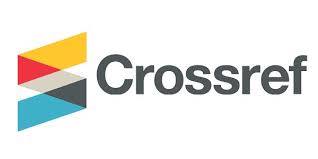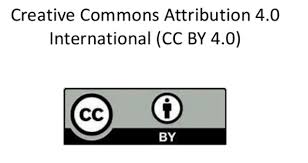A Possible Link Between Consumption of Sorghum based Products and Prevalence of Hepatocellular Carcinoma In The Sahel Savannah Zone of Nigeria: A Risk Assessment
DOI:
https://doi.org/10.47440/JAFE.2022.3301Keywords:
Sorghum, Processing, Consumption, Hepatocellular carcinomaAbstract
The study area (Sahel savannah zone of Nigeria) was delineated into five sampling districts, which were further delineated into three localities from where raw and processed sorghum based products were collected. Sorghum based products such as gruel, pap and chincoins “dambu” were sampled using a quantitative food frequency questionnaire. Anthropological measurements of volunteer subjects along with the quantity of food consumed by the respondents was recorded. The mycotoxin concentration in both raw and processed sorghum products was determined using high performance liquid chromatography (HPLC/MS). The determined mycotoxins concetrations in both the raw and processed samples were further used to determine the amount of mycotoxins consumed by respondents in different age groups. Aflatoxin induced Hepatocelluar carcinoma (HCC) in was subsequently determined in communities (within the zone) that subsist on such products. Cumulative average daily consumption of sorghum based products was found to be 192.5±8.32g/day, 617.0±16.45g/day, 810.2±23.24g/day and 746.1±21.02g/day for the infants, children, adults and elderly respectively. A significant difference (P = 0.05) exists between the mycotoxins concentration in raw and the processed sorghum-derived products in the study area. Despite the processing methods employed, the values for PTDI and TDI for mycotoxins, were found to be far above the limits sets by the regulatory bodies. The predictive incidence of HCC and the burden aflatoxin induced HCC in the HbsAg+ was found to be 479.9/100000, 30.0/100000, 28.8/100000, 172.2/100000 in the infants, children, youth and the elderly respectively.






 Publisher:
Publisher: 